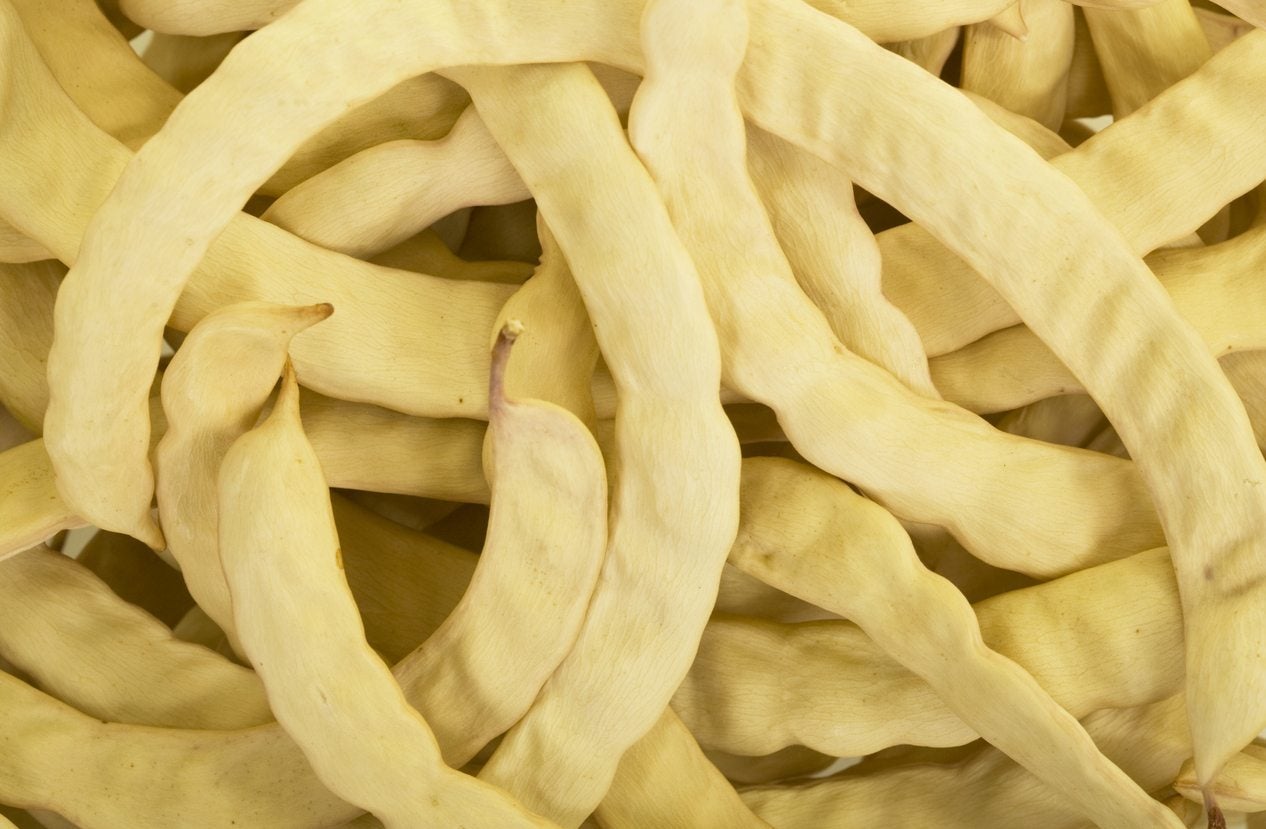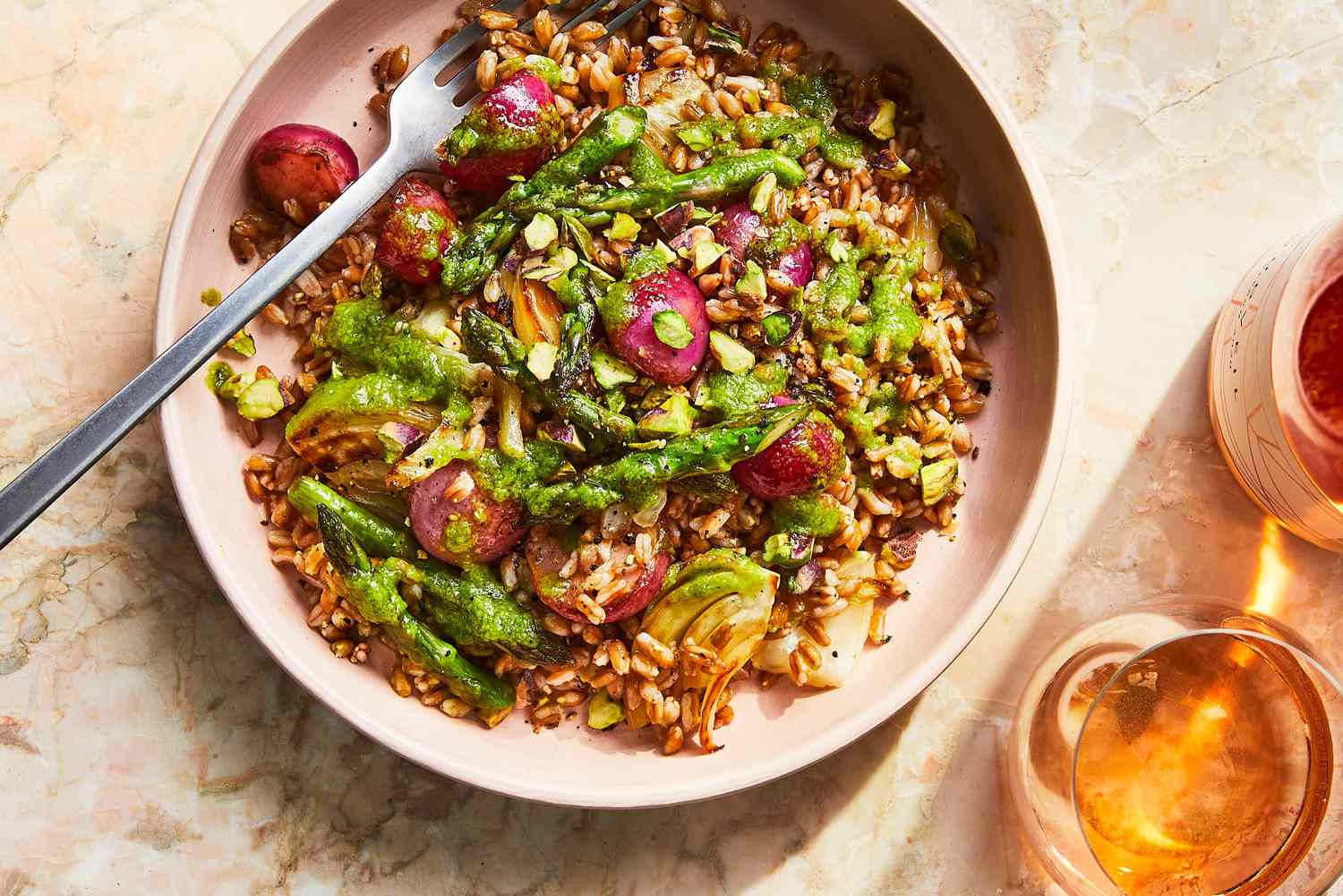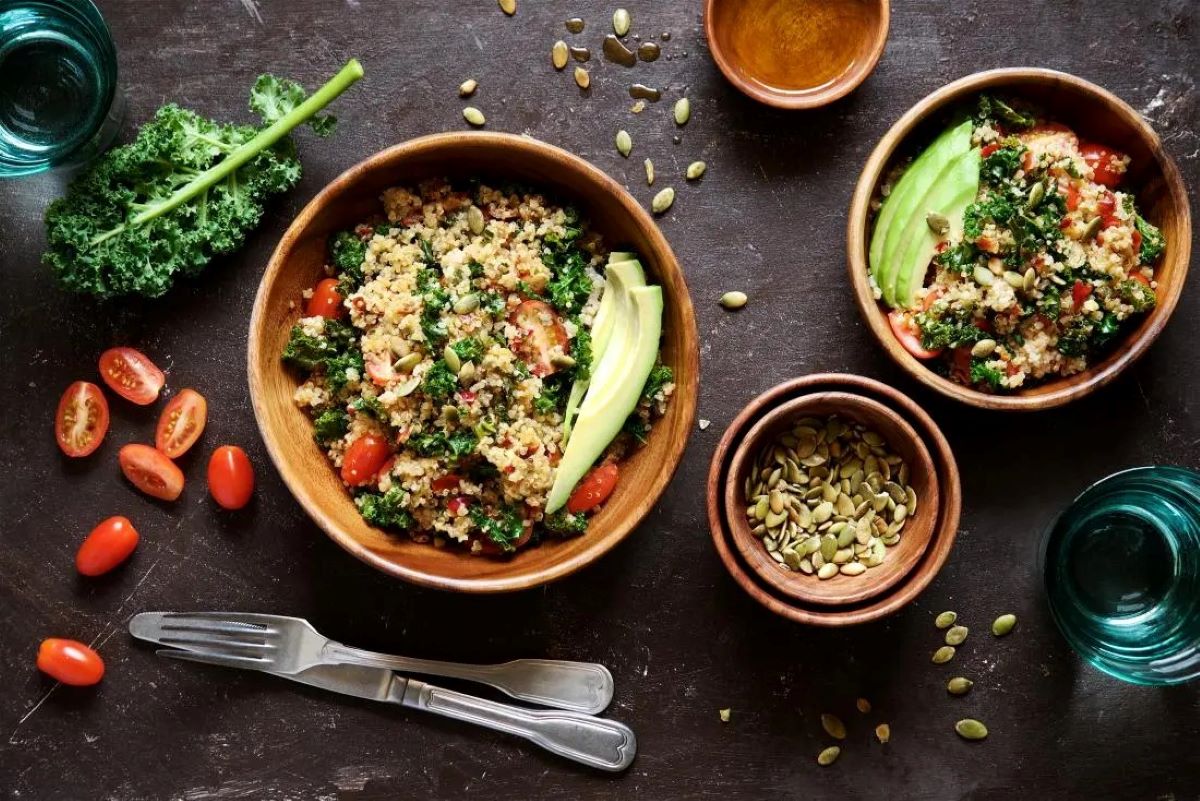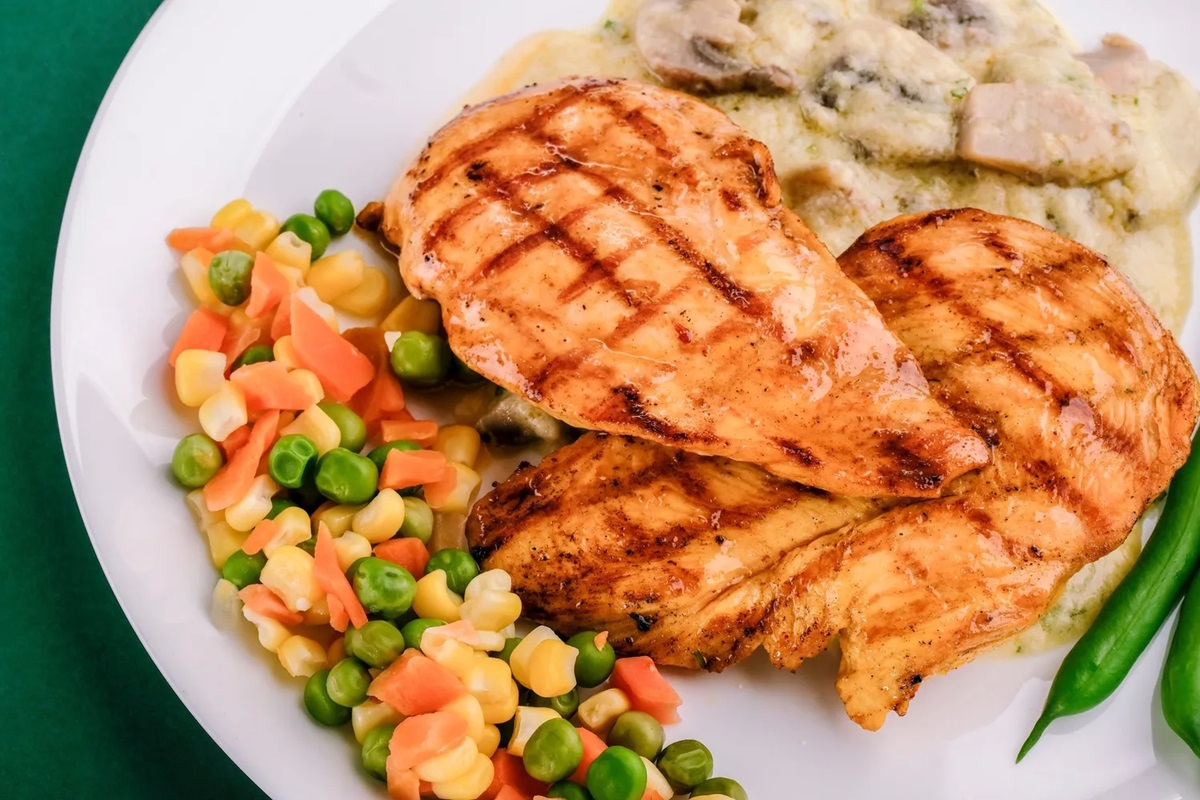Understanding Low Glycemic and Low Fiber Eating
When it comes to maintaining a healthy diet, it’s important to consider the glycemic index and fiber content of the foods you eat. Low glycemic foods are those that cause a slow, steady rise in blood sugar levels, while low fiber foods are easy to digest and can be beneficial for certain health conditions. In this article, we’ll explore how to eat low glycemic, low fiber and provide some helpful tips for incorporating these foods into your diet.
Choosing Low Glycemic Foods
Low glycemic foods are those that have a minimal impact on blood sugar levels. These foods are typically high in nutrients and can help to keep you feeling full and satisfied. Some examples of low glycemic foods include:
- Non-starchy vegetables such as leafy greens, broccoli, and cauliflower
- Whole grains like quinoa, barley, and bulgur
- Legumes such as lentils, chickpeas, and black beans
- Fruits like berries, apples, and oranges
- Dairy products such as Greek yogurt and milk
When planning your meals, aim to include a variety of these low glycemic foods to help maintain steady blood sugar levels throughout the day.
Understanding Low Fiber Foods
Low fiber foods are those that contain minimal amounts of dietary fiber. While fiber is an important part of a healthy diet, there are certain situations where low fiber foods may be necessary. Some examples of low fiber foods include:
- White bread and pasta
- Refined cereals and grains
- Processed fruits and vegetables
- Lean proteins like poultry and fish
- Dairy products without added fiber
It’s important to note that while low fiber foods may be beneficial for some individuals, it’s generally recommended to include a variety of high fiber foods in your diet to support digestive health.
Tips for Eating Low Glycemic, Low Fiber
If you’re looking to incorporate more low glycemic, low fiber foods into your diet, consider the following tips:
- Focus on whole, unprocessed foods: Choose whole grains, lean proteins, and plenty of fruits and vegetables to create balanced meals.
- Read food labels: Look for products that are labeled as low glycemic or low fiber to help guide your food choices.
- Experiment with new recipes: Try out different cooking methods and flavor combinations to keep your meals interesting and satisfying.
- Consult with a healthcare professional: If you have specific dietary needs or health concerns, it’s always best to seek guidance from a qualified healthcare provider.
By being mindful of the glycemic index and fiber content of the foods you eat, you can make informed choices to support your overall health and well-being.
Conclusion
Eating low glycemic, low fiber foods can be a beneficial approach for managing blood sugar levels and certain health conditions. By incorporating a variety of low glycemic and low fiber foods into your diet, you can create balanced, satisfying meals that support your overall health and well-being.
Remember to focus on whole, unprocessed foods, read food labels, and consult with a healthcare professional if you have specific dietary needs. With these tips in mind, you can enjoy a nutritious and delicious low glycemic, low fiber diet.











